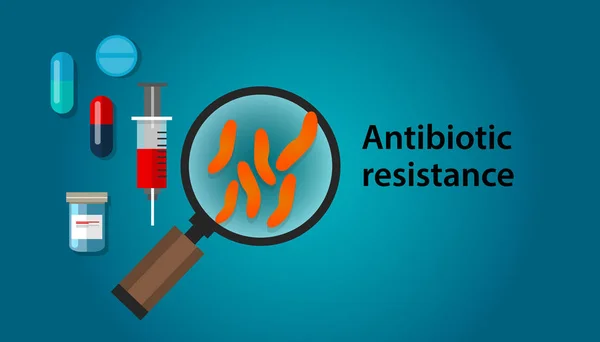Antibiotic Resistance Crackdown: DNA Sequencing Takes Aim at E. faecium – In the ongoing saga of human versus superbug, a recent study published in The Lancet Microbe offers a glimmer of hope. Researchers have achieved a critical breakthrough: accurately predicting antibiotic resistance in the notorious healthcare-associated pathogen, Enterococcus faecium, using DNA sequencing technology. This represents a significant leap forward in the fight against antibiotic resistance, a pressing global threat responsible for over 700,000 deaths annually.
This bacterial foe, particularly its vancomycin-resistant variants, poses a dire threat to public health. It lurks in hospitals, causing potentially life-threatening infections in surgical sites, bloodstreams, and urinary tracts. Its resistance to several commonly used antibiotics makes it a cunning adversary, often leaving clinicians scrambling for alternative options.
The current gold standard for determining antibiotic susceptibility relies on culturing bacteria in the lab, a time-consuming process prone to inaccuracies. This delay can hamper treatment, allowing infections to escalate while precious days are wasted waiting for results.
Whole-genome sequencing offers a paradigm shift. By deciphering the complete genetic blueprint of individual bacteria, researchers can pinpoint the mutations and gene alterations responsible for antibiotic resistance. This approach promises rapid, precise identification of resistant strains, paving the way for more effective treatments and improved patient outcomes.
The researchers behind this breakthrough meticulously constructed a comprehensive database of genetic markers linked to antibiotic resistance in E. faecium. This database, encompassing 316 unique markers for resistance against 17 different antibiotics, serves as the Rosetta Stone for interpreting the bacteria’s genetic language.
By matching the genetic profiles of 4,382 E. faecium isolates against their actual antibiotic response, the study demonstrated the database’s impressive accuracy. For crucial drugs like ampicillin, vancomycin, and linezolid, the predictions aligned closely with reality. This opens the door for clinicians to confidently choose the most effective antibiotics for their patients, potentially saving lives and preventing further spread of resistant strains.
Study findings:
- Analyzed 4,382 E. faecium isolates from multiple countries.
- Identified 316 genetic markers for resistance against 17 antibiotics.
- Genotype predictions matched phenotypic resistance (actual response to antibiotics) for several key drugs.
- Areas for improvement: Tetracyclines, aminoglycosides, and some newer antibiotics require further research to refine predictions.
Future implications
This method has the potential to revolutionize AMR surveillance, quickly identifying resistant strains and tracking their spread. Predicting individual bacteria’s resistance profile could pave the way for personalized antibiotic treatment, improving patient outcomes.
Continued research: More studies are needed to refine the database and understand rare forms of resistance.
Beyond individual treatment: The potential of this technology extends beyond individual patients. By integrating genomic surveillance into public health programs, we can track the emergence and spread of resistant strains in real-time, informing targeted interventions and preventing outbreaks. Ultimately, this paves the way for a more proactive approach to curbing the rise of antibiotic resistance, a threat that looms large over our collective health.
The successful demonstration of DNA sequencing’s potential in predicting E. faecium resistance is a significant milestone in the ongoing fight against antibiotic resistance. It offers a powerful tool for guiding patient care, strengthening public health measures, and ultimately safeguarding our future against these relentless bacterial foes. While challenges remain, this study signifies a crucial turning point in the struggle for control, offering a beacon of hope in the face of a formidable adversary. Study source
ALSO READ: Alarming Rates of Diagnostic Errors Found in Study of Critically Ill Patients








